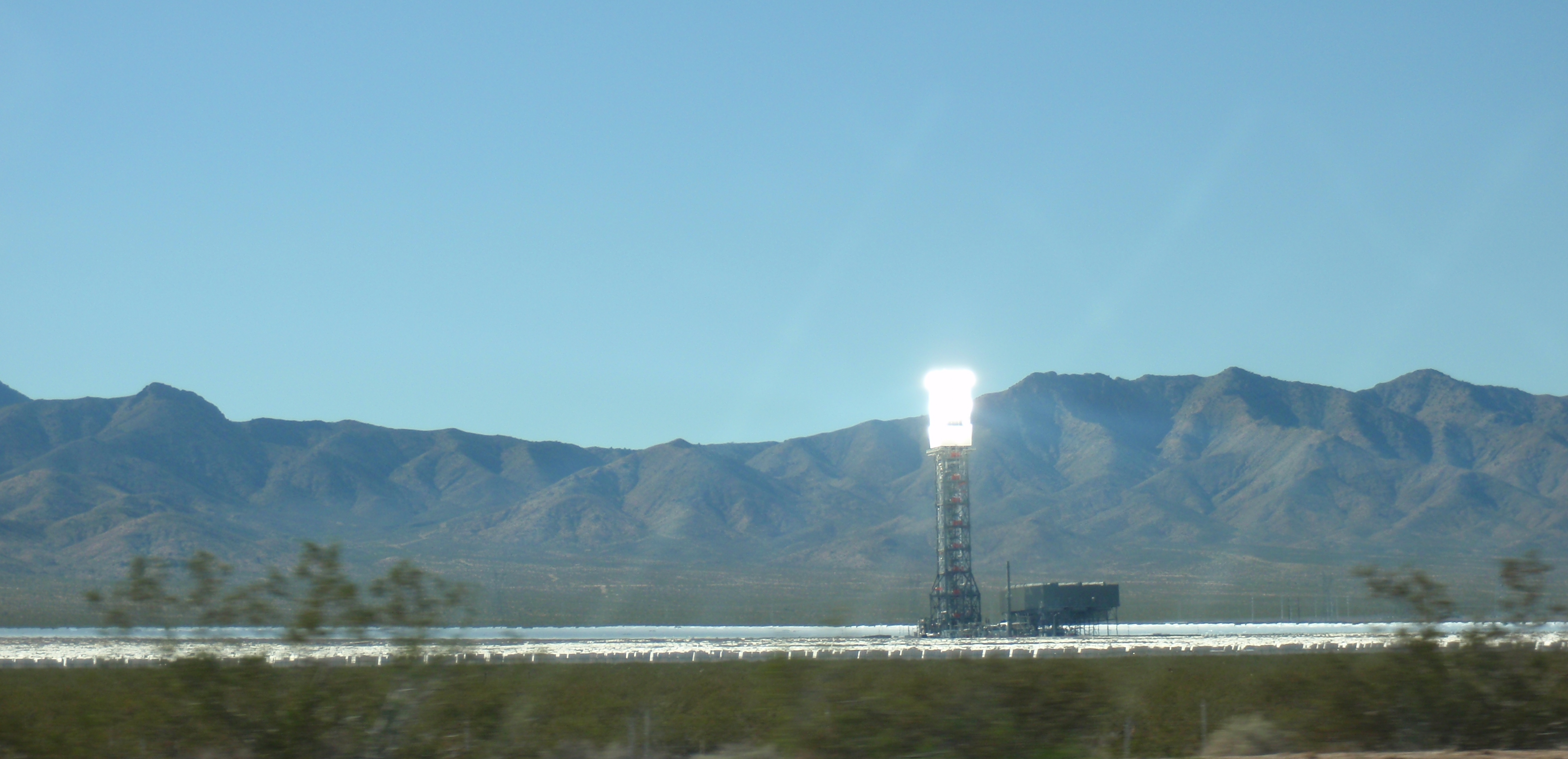
In news cheered by all migratory birds west of the Mississippi, The Wall Street Journal reports on 3/16 that Ivanpah Solar Plant May Be Forced to Shut Down.
In old news, the plant isn’t producing as much electricity as expected. The new information is the wing-toasting solar plant isn’t meeting its contractually required output. Due to peculiarities of the regulatory world, this means it needs special permission from state regulators to keep operating.
Update: One year reprieve to meet contract requirements granted when PUC approved a forebearance agreement between PG&E and Ivanpah.
The buyer of the electricity is PG&E. They have asked the Public Utilities Commission to allow Ivanpah another year to figure out how to produce electricity. Commission staff are recommending approval.
According to the WSJ analysis, output from Ivanpah as a percentage of the contractually required amount is:
- 45% of contracted amount in 2014
- 68% in 2015
Here is some price data described in the article:
- $200 / megawatt-hour – average price charged to PG&E in the summer
- $135 / MWh – price charged to PG&E rest of the year
- $57 / MWh – average price on long-term solar contracts signed in 2015
- $35 / MWh – wholesale price for natural gas during 2015 in California
You can take your pick from that list, but it is obvious that retail customers across northern California are paying artificially high prices for the electricity. Extremely so.
Also keep in mind those contracts are typically run for 20 or 25 years based on what I’ve read elsewhere. So PG&E customers will be overpaying for another two decades.
Finally, as you cut back on entertainment because of the rising cost of electricity, keep in mind the extremely expensive power is required by state policy. Our wise overlords and rulers in Sacramento have decided that 33% of electricity must come from solar, wind, or other renewable sources by the year 2020. The requirement is 50% by 2030. For a very rough picture of what that will do to your family budget, substitute $200/$135 electricity sources for half of what as provided by $35 sources.
If you want to ponder further, consider the power plant has a market for its output only because of legislative fiat. Also the exorbitant price is possible because of a mismatch of involuntary customers and limited supply. Finally the plant could only be financed with a massive federal guarantee. Oh, it also kills an uncounted number of migratory and other protected birds.